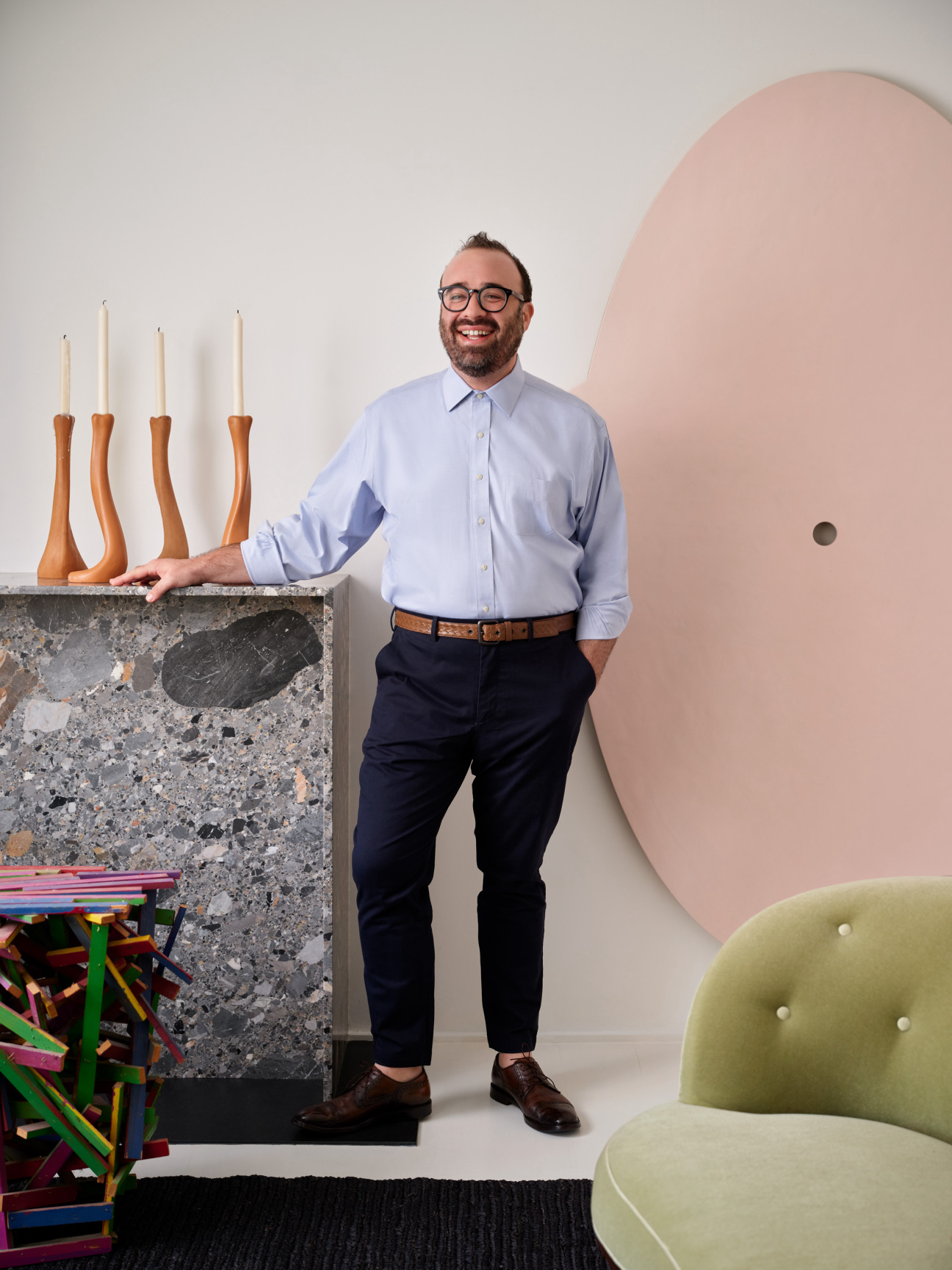
When Oliver Furth and Sean Yashar bought their property in the Hollywood Hills's idyllic Nichols Canyon four years ago, it was a far cry from the home of their dreams. The mid-century construction had been buried under 1980s finishes that reminded Yashar, a design branding consultant, of a California Pizza Kitchen. Furth, an interior designer, remembers it as “the ugliest house in the neighborhood.”
Over the next several years, however, Furth diligently worked his magic, peeling back wayward renovations to restore a sense of architectural clarity. Weaving in the couple’s vast trove of collectible design and an array of unexpected finishes, he crafted a constellation of rooms with remarkably distinguished sensibilities—an airy white-on-white palette to emphasize the openness of the living room, for example, and rich walnut paneling that accentuates the warmth of the kitchen. In his choice of textures, colors, and overall materiality, the designer validated a theory of his: “Rooms speak to you. They tell you what they want to be.”

In OP! Optimistic Interiors, a new Rizzoli tome detailing Furth’s projects over the past 20 years, the first chapter is dedicated to the couple’s home. As a continuously evolving laboratory of ideas, the dwelling, which is described in the book as an “urban treehouse,” embodies Furth’s distinct design philosophies. Classically trained with an encyclopedic knowledge of the decorative arts, he’s developed a fluency in disparate eras and styles, where the historic and contemporary converge.
The office of Oliver M. Furth, Design and Decoration, made its official debut in 2004, but the LA native’s devotion to the discipline has been lifelong. In OP!, he recounts realizing his true calling at seven, and landing his first job organizing samples in Judy Wilder Briskin’s design office eight years later. Looking back at the last two decades of his practice, he’s distilled a throughline: “It’s about building a life that’s better than the one we have with the colors and materials we choose, and the objects we acquire.”
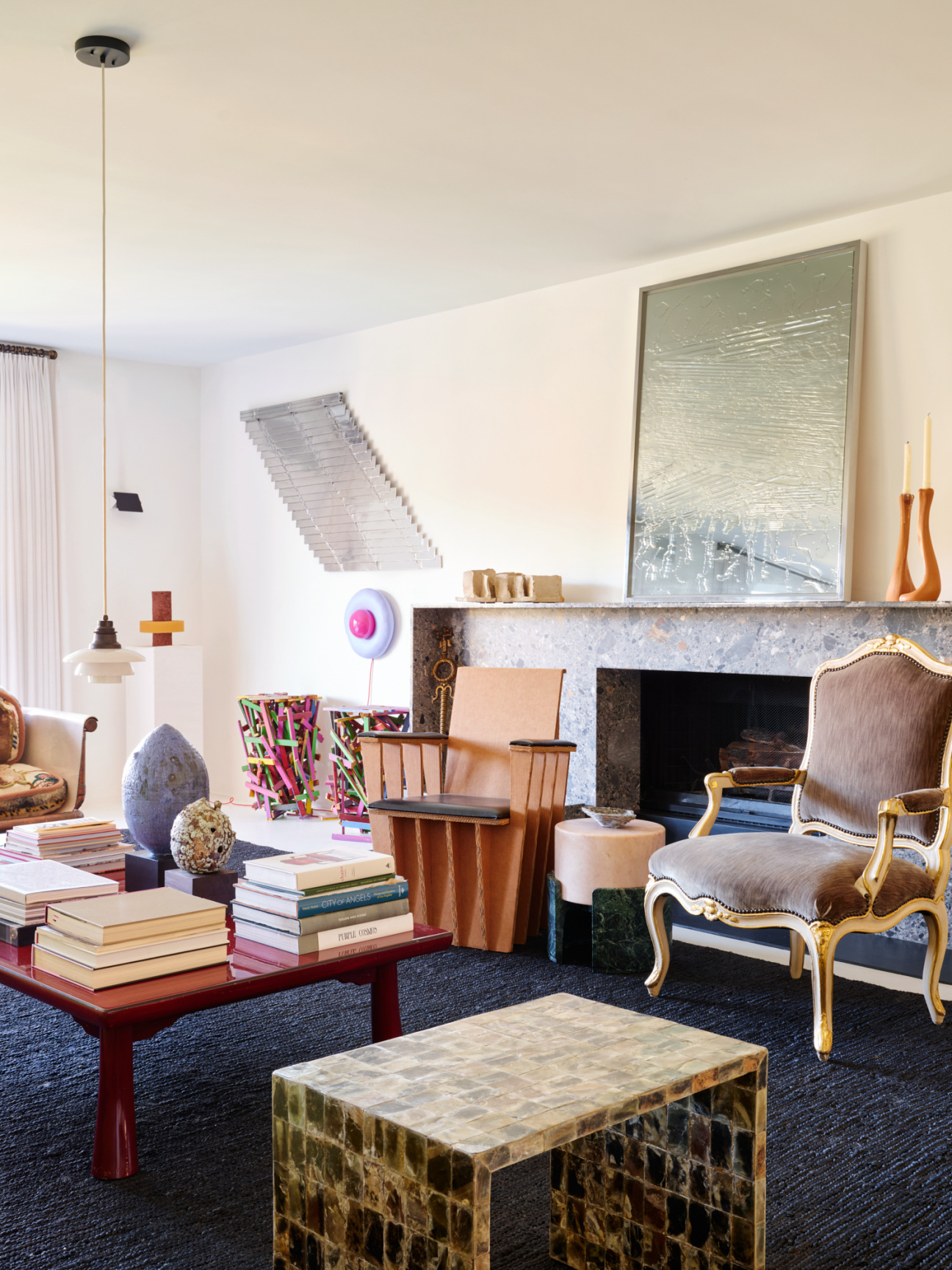
Furth describes himself and Yashar as “active acquirers” (not collectors—for that, “you really need discipline”). In their home, works of different decades commune, revealing surprising commonalities. It’s where a reissued Albert Hadley print is the linen slipcover to Louis XV fauteuils, or the iridescence of early 20th-century Zsolnay ceramics mirrors that of a much more recent Katie Stout.
“I like thinking about materials differently,” Furth says, which often involves recontextualizing the work of previous generations. His kitchen cabinets are clad in shades of seafoam laminate—an inexpensive, easy-to-clean material associated with 1950s countertops. “There’s a humbleness to it,” he adds. “Next to our Louis XV period chair, laminate is a fun juxtaposition.”
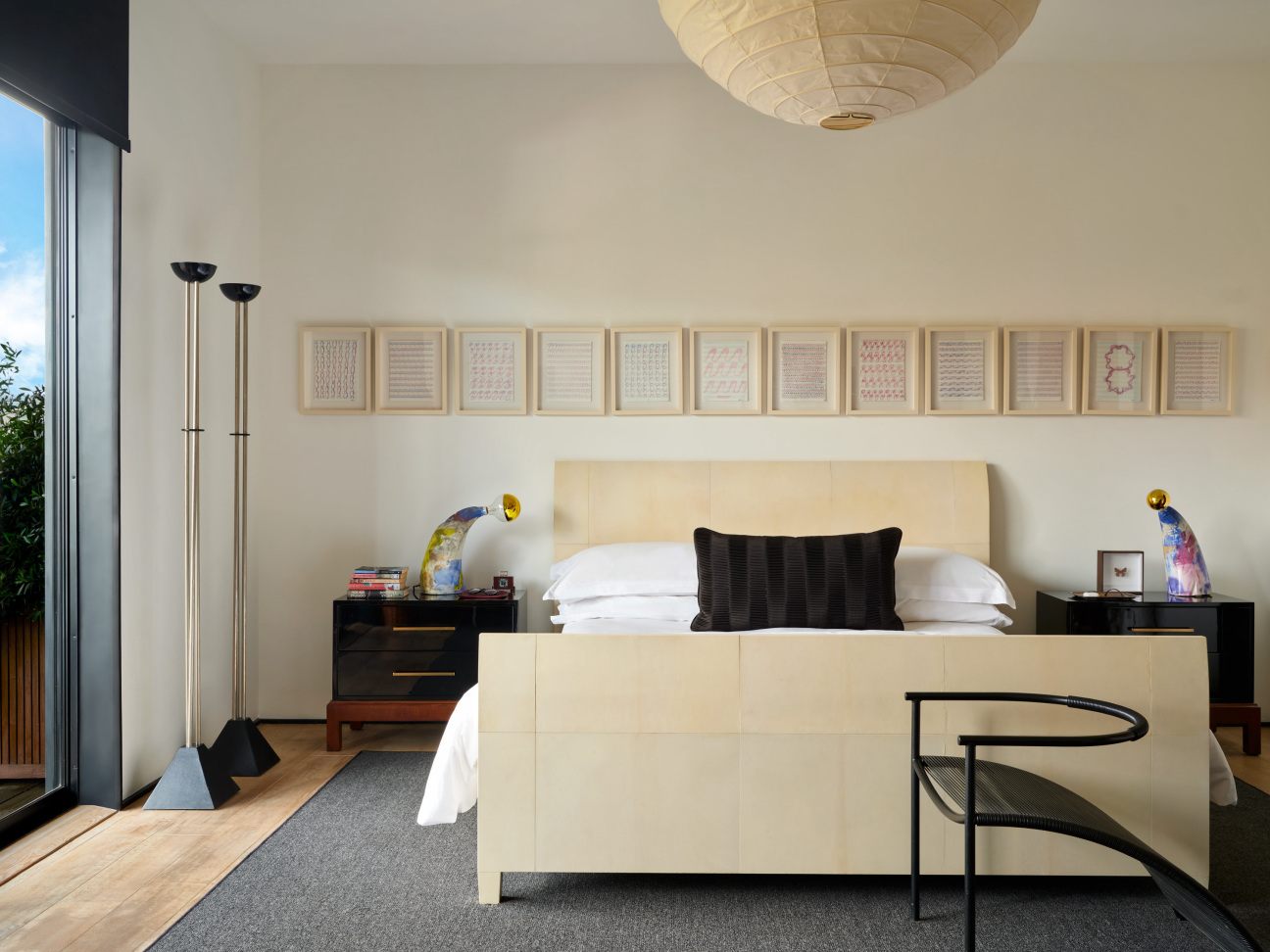
Designers usually buy pieces to serve a function—to fill an empty corner of the living room, for example—but Furth’s process often works in reverse. Driven by a true reverence for narrative, process, and craft, he chooses objects based on the stories they tell, storing them until the right project comes along. (“I got my first storage facility at 17,” he says, referring to the moment when his design collection outgrew his childhood bedroom.)
In Furth’s object-forward approach, rooms are typically organized in service to the pieces inside. In the intimate space of the couple’s dining room, understated walls clad in tobacco-stained cork foreground a vibrant collection of furniture and ceramics. Yashar points out that the curtains were made by local indigo artist Chris Wrobleski out of dead-stock Levi’s. “That’s so Oliver,” he says. “Someone else would order 30 yards of blue fabric.”
Furth’s optimism defines not only his philosophy of design, but much of his day-to-day practice. “So much of decorating is problem-solving,” he says. “I believe that we are asking questions of our homes. There’s no wrong answer, but there’s a lot of right answers.”


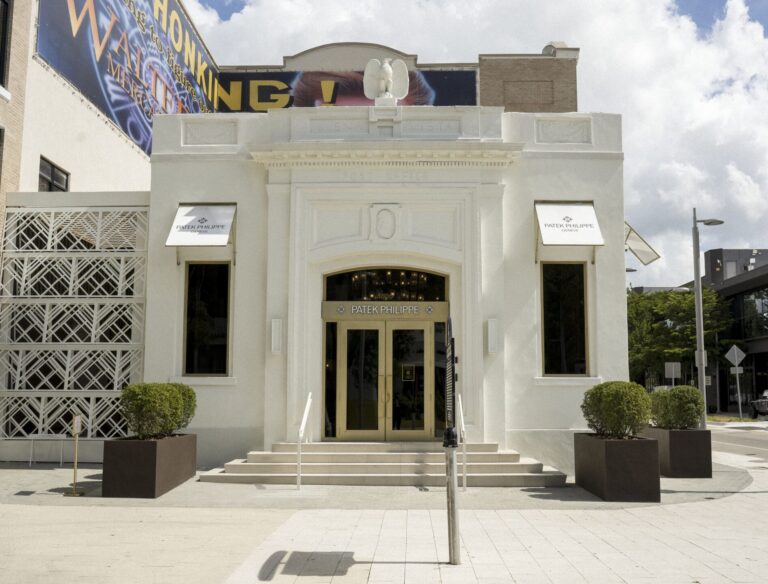
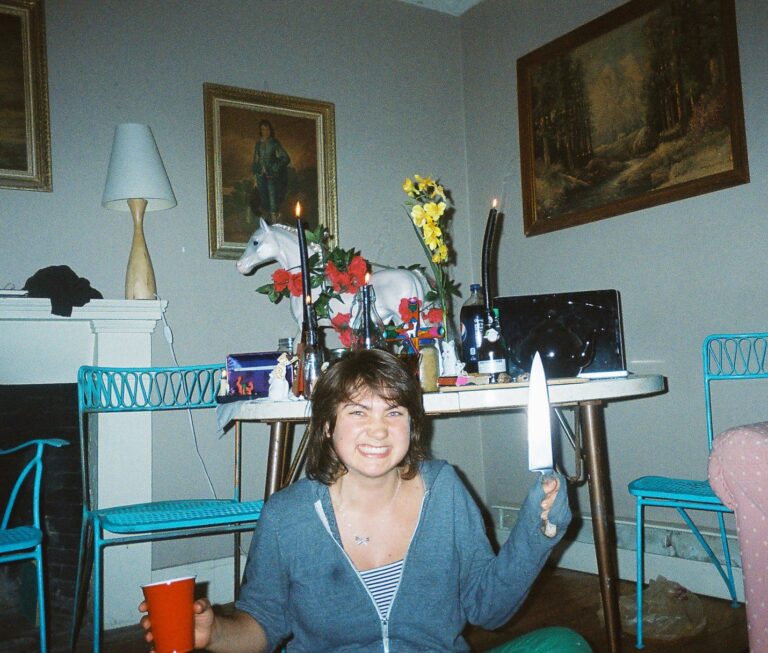






 in your life?
in your life?

